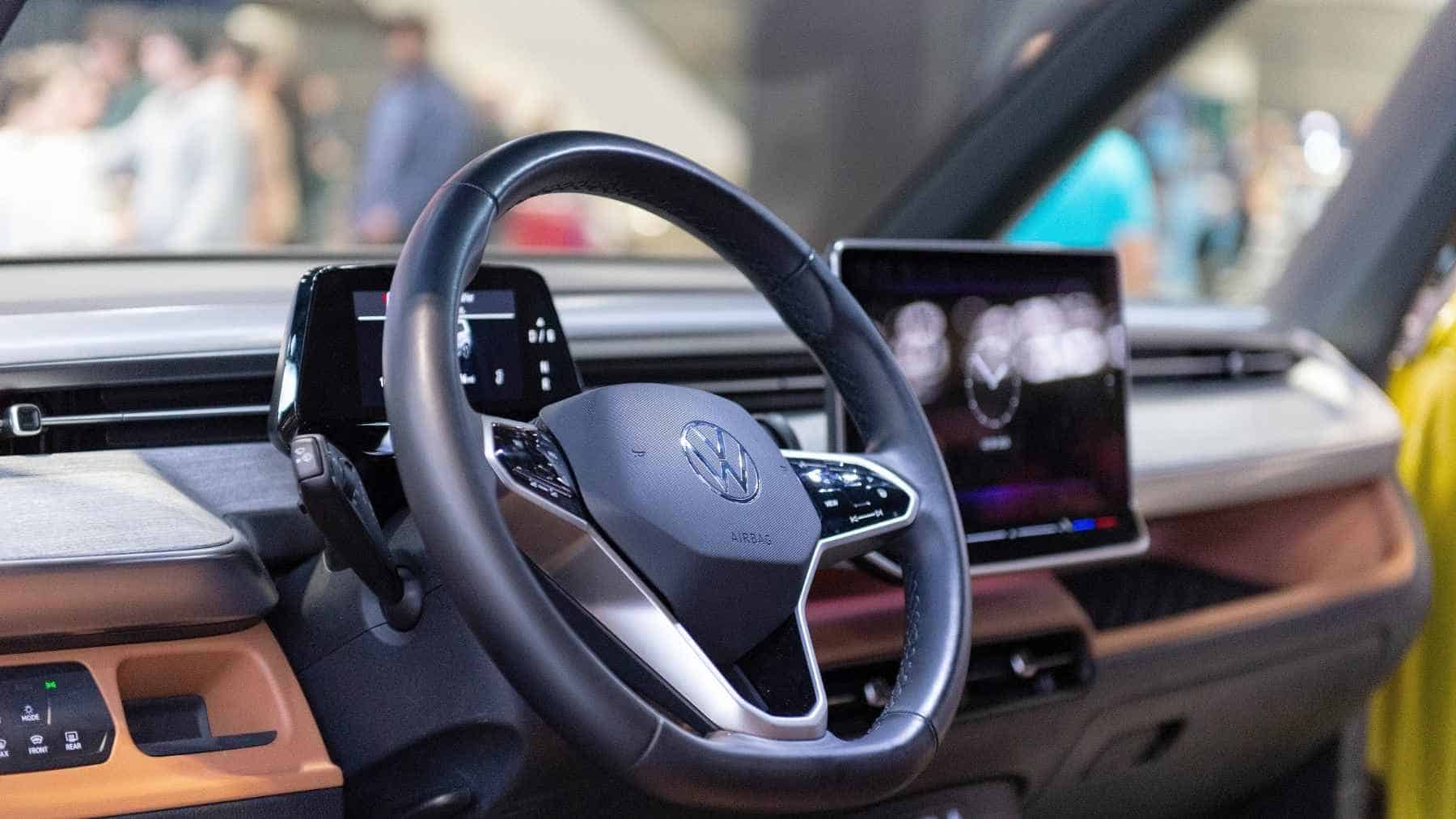For years, car makers have focused on the idea of the “digital cockpit”. They have replaced buttons with touchscreens, knobs with sliders, making dashboards look more like iPads than control panels. Although it looked futuristic, drivers have complained, and automakers are now bringing back real buttons.
Now, major automakers, Mercedes-Benz, Volkswagen, Hyundai, and others are reversing course. They are doing away with touchscreens and bringing back physical buttons and switches, admitting that they made a big mistake.
This time, they are not doing so for nostalgia but because they have heard the cries of frustrated drivers. They also aim to restore the safety and usability that came with physical buttons and switches.
Touchscreens Promised Progress but Created Problems
In the past decade, automakers raced to replace traditional controls with sleek digital panels. While the result was simplicity, the result was the opposite.
Studies have shown that operating a car’s touchscreen can delay a driver’s reaction time more than using a phone or driving under the influence. Performing basic actions such as regulating temperature or changing a playlist could mean taking your eyes off for a few seconds, which is too long.
Drivers have complained that digital screens have made cars too complicated to drive. The digital screens frustrated many car owners as everyday actions became hidden in multiple layers of menus that required one to scroll so much to find them.
Due to the backlash, automakers had no choice but to listen to the drivers and make the necessary changes.
Volkswagen’s Big Turnaround on Touchscreens
Volkswagen received too much criticism for its bad UX. Its electric ID.4 SUV became infamous for its confusing digital touch sliders and buried menus, and settings. According to drivers, it was infuriating, and even VW executives admitted that they went overboard.
Design chief Andreas Mindt confirmed that Volkswagen would bring back physical buttons for the five most-used and basic functions, which are: fan, temperature, seat heating, volume, and hazard lights.
The company says that the upcoming Golf and ID. Models will have more physical and intuitive controls to enhance safety while driving.
Mercedes-Benz Brings Back Physical Controls After Safety Concerns
Mercedes-Benz was one of the first luxury brands to admit that it had gone too far with digital controls. The company announced plans to reintroduce the physical dashboard switches and steering-wheel controls after listening to drivers’ feedback.
“Physical controls offer superior usability and comfort for many drivers,” the automaker said.
It’s expected that in the near future, Mercedes models will have a better balance of physical interfaces and screens. The aim will be to enhance safety and precision rather than just aesthetic minimalism.
Hyundai Finds the Middle Ground
As other models promise to rectify the mistake, Hyundai is already on the ground acting. Its latest models, including Tucson, Kona, and Santa Cruz, have brought back real knobs and switches for basic functions like audio and climate controls.
The new 2026 Palisade has essential physical buttons for basic tasks despite keeping its wide twin displays. It demonstrates Hyundai’s strategy to enhance practicality by having buttons for everything that you actually touch and screens for navigation. According to the company, this hybrid approach improves safety and satisfaction while still incorporating digital features.
Safety and Regulation Are Driving Change
Besides complaints from drivers, regulators such as Euro NCAP have pushed automakers to shift back to physical buttons. Starting in 2026, Euro NCAP, Europe’s top safety authority, plans to reward vehicles that retain physical controls for basic controls like headlights, hazard lights, and wipers. Cars that rely too much on touchscreens are at risk of losing top safety ratings.
Euro NCAP aims to enhance safety by making sure that car designs remain user-friendly at a time when most automakers are chasing futuristic designs.
Why Drivers Want Buttons Back
The return of buttons is not about nostalgia or old habits but about instinct and attention. Drivers want to perform basic controls without having to get their eyes off the road. Touchscreens have proved to be distracting because they require precise tapping and visual focus, which is dangerous, especially while driving at highway speeds.
They aim to restore and enhance safety, and analog controls are without doubt the solution. Buttons will bring back a sense of control, which will make driving easy and safe regardless of the speed.
Tesla Remains Committed to Its Screen-Only Design
While every automaker is making an analog comeback, Tesla, which was one of the first automakers to bring digital dashboards, has no plans to change. Its vehicles are designed around giant central screens with almost no physical controls at all. While other drivers feel that digital screens are making driving distracting, for Tesla drivers, the digital design is part of the appeal.
Conclusion
After a decade of digital and touch obsession, automakers are rediscovering that sometimes, simpler is better. Automakers like Volkswagen and Mercedes have realized that they went too far with digital screens and are now correcting that mistake. Hyundai is already proving that tech and tactility can coexist.
While modernizing had caused the car industry to lose touch with reality, they are now pressing the right buttons to regain practicality, enhance safety, and make driving simple again.

